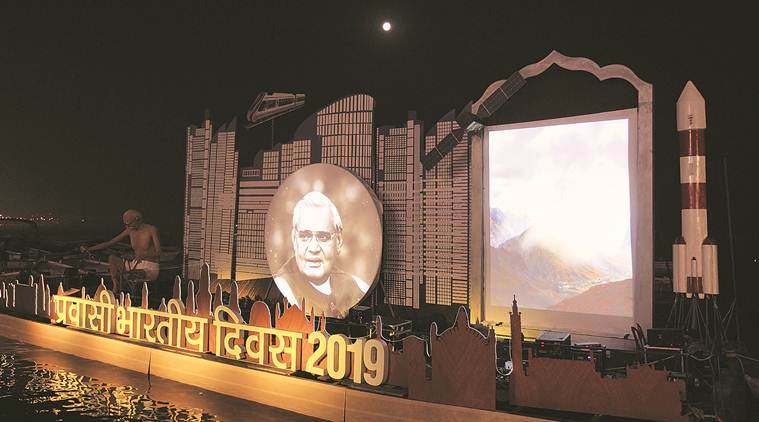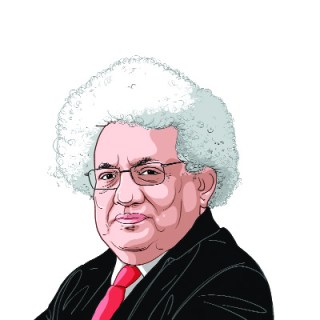Out of my mind: The lessons from Pravasi meeting
While India is proud to attain per capita income of $2,020 this year, Mauritius had already reached beyond $10,000 by 2017. Indeed between 1976 and 2017, Mauritius doubled its per capita income.

The massive meeting of the Pravasi Bharatiya Sammelan in Varanasi is proof of the worldwide spread of Indians. For once, Vasudhaiva Kutumbakam seems true since Indians are a global family.
Yet there is a nagging question which should trouble us. Why are Indians so successful when they leave India and go abroad? For years, it was blatantly true that at home a vast majority of Indians were poor and downtrodden. But those of their friends or relations who had left came back to tell good stories. Think of the Biharis. They work hard, are willing to go and work anywhere across India, even so, the image of the Bihari is of a poor person. The presence of Pravind Jugnauth, the Prime Minister of Mauritius, at the Pravasi Bharatiya Sammelan should make us ask that question even more urgently. Mauritius is an island in the vicinity of Southern Africa. It has a population of around one and a quarter million. Majority of these are from India, principally Bihar. Perhaps the richest Biharis live in Mauritius. While India is proud to attain per capita income of $2,020 this year, Mauritius had already reached beyond $10,000 by 2017. Indeed between 1976 and 2017, Mauritius doubled its per capita income. Only 6 per cent of its people are below the poverty line. Income inequality is much lower than in India. It has a much better Human Development score than India, the highest in Africa and is in the category of Middle HDI.
It is also instructive to see how Mauritius came to achieve this status. It became independent only 50 years ago. When the British government was still in charge, two reports were commissioned to gauge the prospects of the colony. James Meade, a distinguished economist who went on to win the Nobel Prize in Economics, was a warm humane person. He was most pessimistic about the prospects of Mauritius. It was a one-crop economy — sugarcane — and its population was rising too fast. It was to suffer from the Malthusian crisis.
Another social scientist, Richard Titmus, who devoted his life to studying and improving the British Welfare State, a man of deep humanity, agreed with Meade. The case of Mauritius was hopeless.
Luckily, like many other social scientists, they were wrong. Mauritius has shown that far from being a case of Malthusian disaster, it is a strong growing economy and a vibrant democracy. The most interesting part of it is that it is a multi-racial, multi-religious society. The Dutch arrived first but yielded to the French, who lost to the British in 1810. The French started the sugarcane cultivation with African slave labour. But once the British abolished slave trade and freed the slaves in Mauritius, indentured labourers came from Bihar and Tamil Nadu.
So Hindus, Muslims, Christians, White, Black and Brown coexist as well as Chinese who arrived later.
The French-owned the best lands for sugarcane cultivation but after independence, they diversified into textiles, which were exported. The government intelligently moved the economy into the service sector. Mauritius invested heavily into education sending many students abroad. This allowed a smooth transition to tax and finance sectors. Mauritius became a good ‘middleman’ economy. It took advantage of its human capital to achieve a high income.
Who says Indians cannot get rich?







































No hay comentarios:
Publicar un comentario